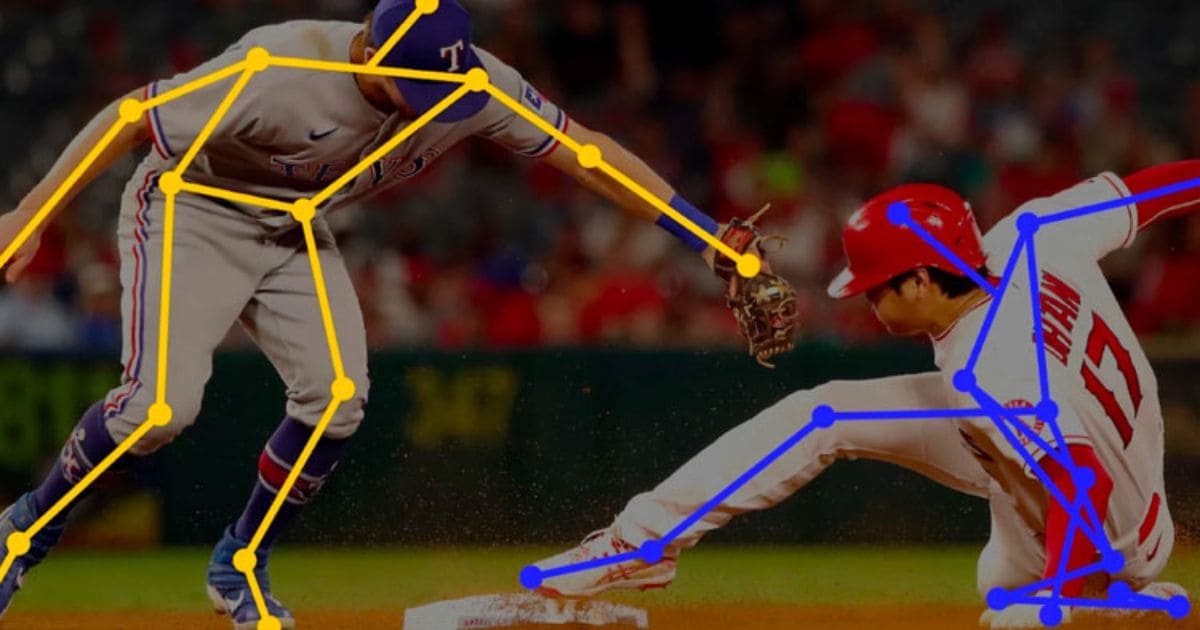Jakarta. The world of sports is approaching a new era where technology is not just a supporter, but a core element in decision-making on the field.
From Major League Baseball (MLB) to the English Premier League to women’s leagues in the United States, innovations such as robotic referees and optical tracking systems are bringing greater accuracy and efficiency.
Latest Developments
- Robot Umpires in MLB starting in 2026
MLB announced that in the 2026 season it will begin implementing the Automated Ball / Strike System (ABS), which allows players (hitters, pitchers, or catchers) to challenge umpires’ decisions on balls and strikes using technology.
This ABS uses Hawk-Eye cameras and a private 5G network to improve call accuracy.
- VAR & Semi-Automatic Offside in the Premier League
The Premier League has plans to speed up the VAR decision-making process through semi-automated offside technology.
The Guardian reports that the new system will use dozens of cameras and computer vision to reduce offside review times, with club support and promising early test results.
- Optical Tacking in the WNBA
As reported by AP News , the WNBA became the first women’s league in the US to implement an optical tracking system for all games.
With this technology, teams can access 3D data about player movement, shot quality, and movement efficiency, which can be used for strategy, training, and performance analysis.
- AR Graphics and Virtual Advertising in Live Streaming
Companies like Vizrt have launched new versions of their platforms (Viz Arena 6) that integrate AI to speed up the creation of AR graphics, virtual advertising, and visual overlays on the pitch.
This technology works to keep graphics in sync with camera movements, as well as significantly reducing calibration time.
Impact and Player Mentality
A study from The Scottish Sun shows that some players feel anxious and stressed due to the presence of technology such as VAR.
They feel that every decision can be re-evaluated and “feel like they are always being watched,” which affects their spontaneity and confidence on the pitch.
While technology improves accuracy, there is a growing concern that too much automated intervention could erode the human side of the game, such as referee intuition, fan emotions, and memories of unexpected moments.
Some technologies also require new regulations, including how challenges are created, who has the right to submit them, and how visual data is presented.
Infrastructure Readiness
Adopting systems like ABS, optical tracking, or complex AR requires extensive infrastructure, high-quality cameras, fast data networks (including 5G), and skilled technical personnel. Sports clubs and organizations in developing countries may not be ready in all aspects.
AI integration is not only for referees but also for coaches and athletes: strategic analysis, injury prediction, performance, and scouting for young talent will become more sophisticated.
Fan engagement technologies such as interactive graphics, 3D replays, and AR/VR viewing experiences will further enhance the fan experience.
The development of the rules of the game will probably follow the emergence of new technology, to maintain a balance between accuracy and the spirit of the sport.
Technology brings enormous potential for improving fairness and efficiency in sports, but the path forward is also fraught with ethical, psychological, and regulatory questions. To what extent will technological advancements positively impact the world of sports? Much depends on how athletes, federations, and spectators respond to this shift.


Comments